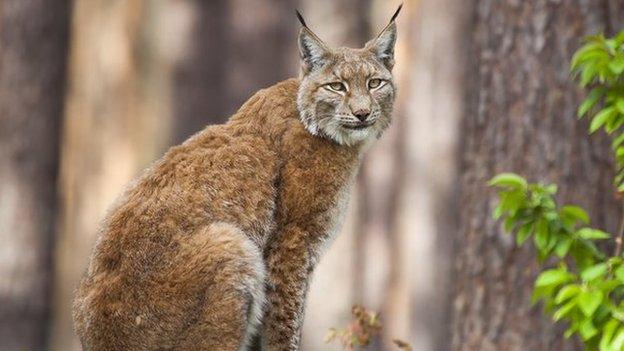Kielder and Borders 'preferred site' for lynx reintroduction
- Published
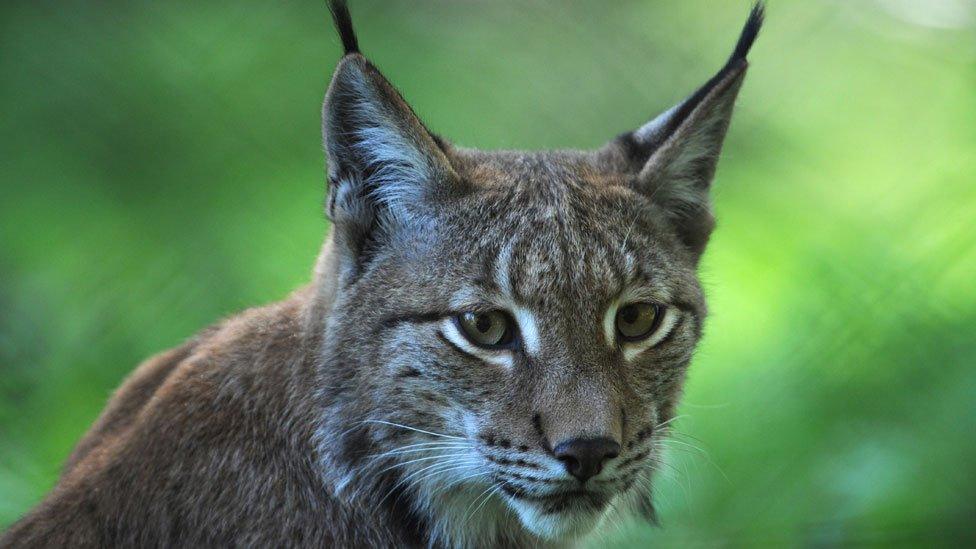
Lynx have an average lifespan of 10 years in the wild
Northumberland and the Scottish Borders have been chosen as the preferred site for a project to reintroduce Eurasian lynx forest cats to the UK.
The animal has been extinct in Britain for 1,300 years, but the Lynx UK Trust believes it will help control deer populations and attract tourists.
It said the selected area had a low human population density, little sheep farming and few roads and railways.
Opponents fear the lynx will be a threat to livestock and wildlife.
A series of consultation events are to be staged to discuss a possible schedule for the reintroduction.
Paul O'Donoghue, chief scientific adviser for the trust, said: "Balancing up the many factors, Kielder has continually stood out as a place where the lynx can flourish."
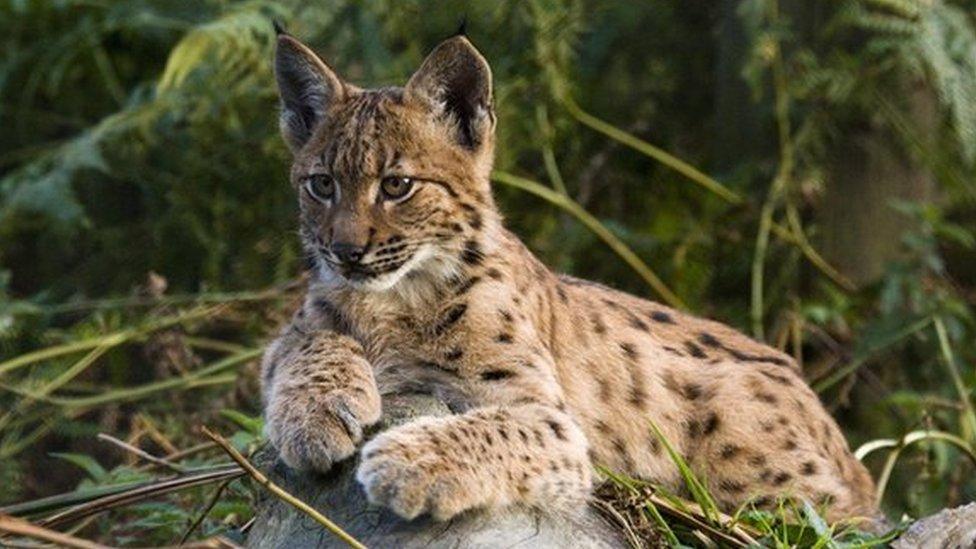
The Lynx UK Trust has said it believes the country can support a population of up to 400 of the animals
Several sites across the UK, including Aberdeenshire, Ennerdale in the Lake District and Thetford Forest in Norfolk, were initially identified by the trust before being ruled out as unsuitable.
Mike Pratt, chief executive of Northumberland Wildlife Trust, told BBC Newcastle he believed lynx "could perhaps fit into the landscape in the longer term" and help create "richer" biodiversity.
However, he added: "Let's look at the implications, let's not rush into this."
He called for the trust to consult at length with the Forestry Commission, which is the biggest landowner in the area.
The National Sheep Association (NSA) has been a vocal critic of the proposed scheme, saying the UK is "unsuitable" for the reintroduction of the animals.
It believes they would "threaten the welfare of sheep and the livelihood of farmers".
- Published22 June 2016
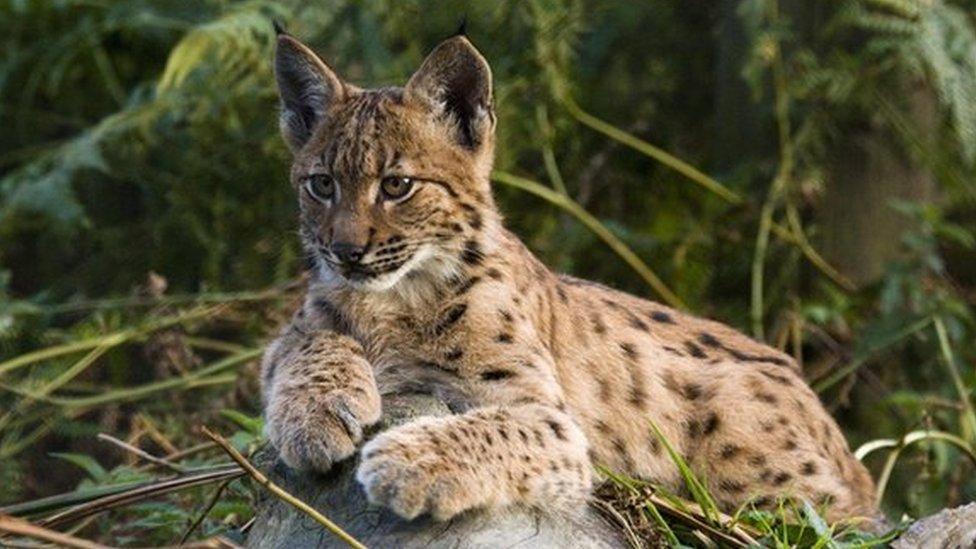
- Published9 April 2016
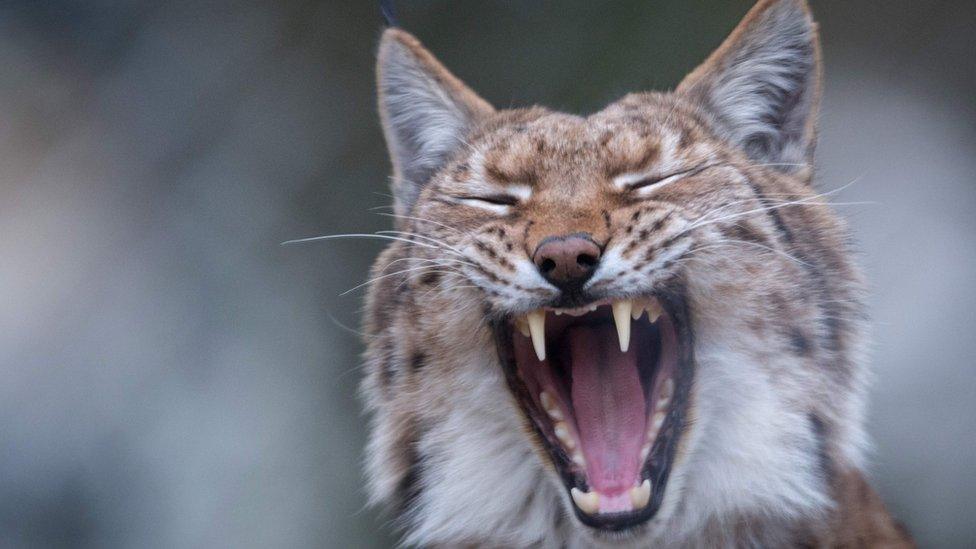
- Published9 March 2015
